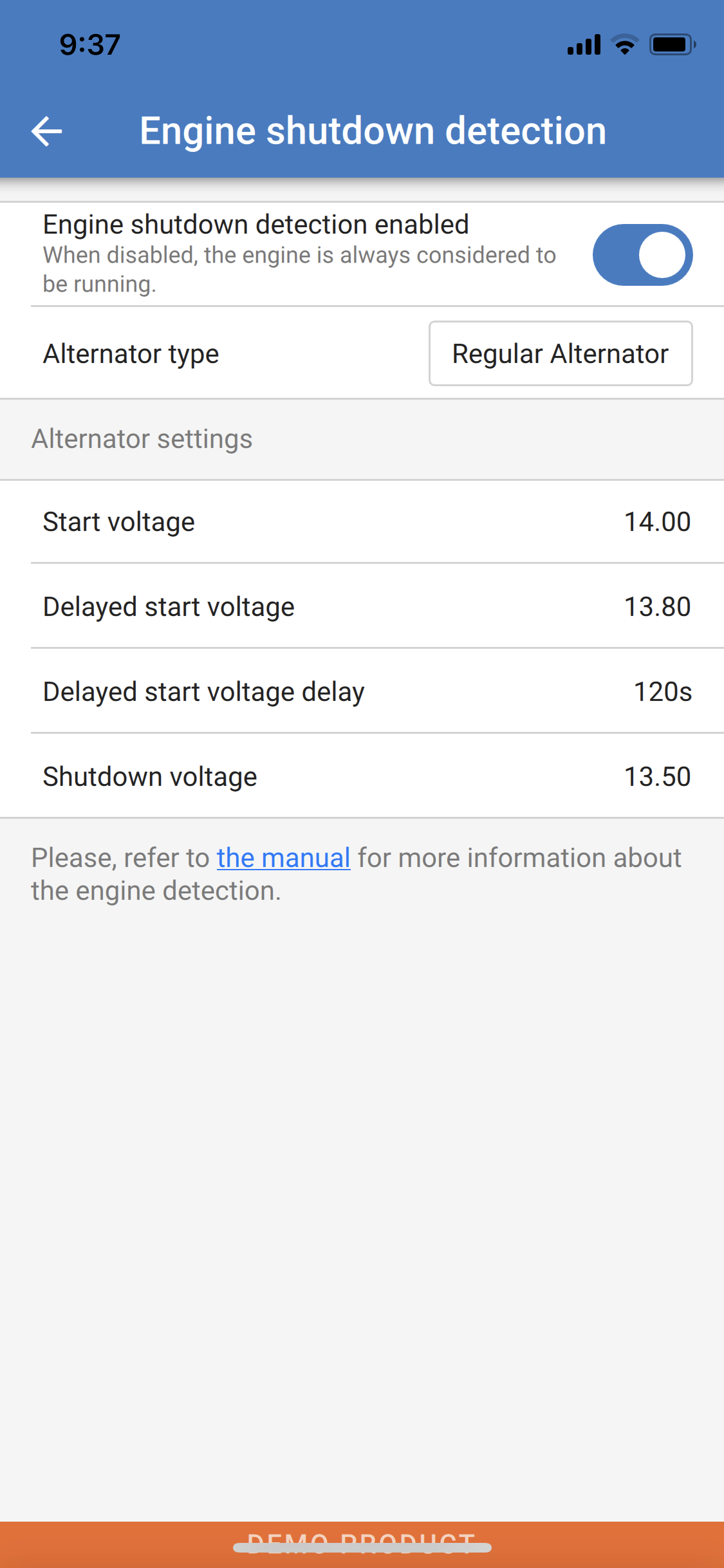I wonder what are the differences between isolated and non-isolated Orion TR Smart, regarding adjusting the INPUT kick-in and the lock-out voltages.
Replacing one Boat House battery from 110 AH-12V lead acid, with two paralleled 100 AH -14.2V LifFePO4.
The set up is two outboards, with 65A alternators (non-smart) each, feeding at 900 rpm / 13.7+V lead acid starting 100AH batteries (separated not Inter connected), which when depleted will demand 30Amp each, and two separated non isolated Orion TR Smart 12-12 30A.
The alternators are not intelligent, and are not external, difficult to modify.
The two Orion feeds two paralleled 100AH LifePo4 house batteries that when depleted, together will require between 100 and 200 amp at 14.4 Volt
When all the batteries are depleted, the starter batteries will demand 30 Amp each, leaving each alternator with only 35 Amp available for the Orions demand. —-I am not aware of a method to reduce the demand from the Orion.—-
At idle 900 rpm the alternator shall not be demanded more than 30 Amp to avoid overheating due to lack of cooling at low rpm.
The two Orions may demand up to continuous 35 Amp each (even if the LiFePO2 200AH battery Bank could demand up to 200 Amp) … so total demand for each alternator, will reach 65 amp …. But unless rpm are increased above 3000 rpm, the non intelligent, poorly regulated alternator will burn out….because the “engine detection” feature requires only 7.5V to kick in.
At this point it will be an advantage to be able to set up / adjust the Orion kick-in voltage to at least 14.2~14.6 V ( meaning higher rpm and cooling ) , so the alternators could supply their full capacity
Also been able to set up the cut-out voltage to 13.2 V would prevent further discharge of the lead acid small starting batteries,
Using a standard VSR to signal the Orion to kick in at 13.7+V, ( instead of the 7.5 detection voltage) still on the low side of the rpm vs volt curve, overheating the Alternators.
Using large 100Amp VSR (13.7~12.8V) to feed the main input of each Orion will only reduce the problem but not eliminate it
Using smaller Orion will help to control low rpm overheating, but will not use full alternator capacity
Please share your experience and or advice on this subject, it will be appreciated.
In my case I have two paralleled battery chargers BLUE SMART 30 Amp, simultaneously feeding the house LiFePO4 house batteries, but only with shore power or Genset, that could run simultaneously with the outboards to minimize the impact on the Alternators.
Plus a 12A AC per-battery charger feeding the two independent, nor interconnected starting batteries.

 Hi
Hi